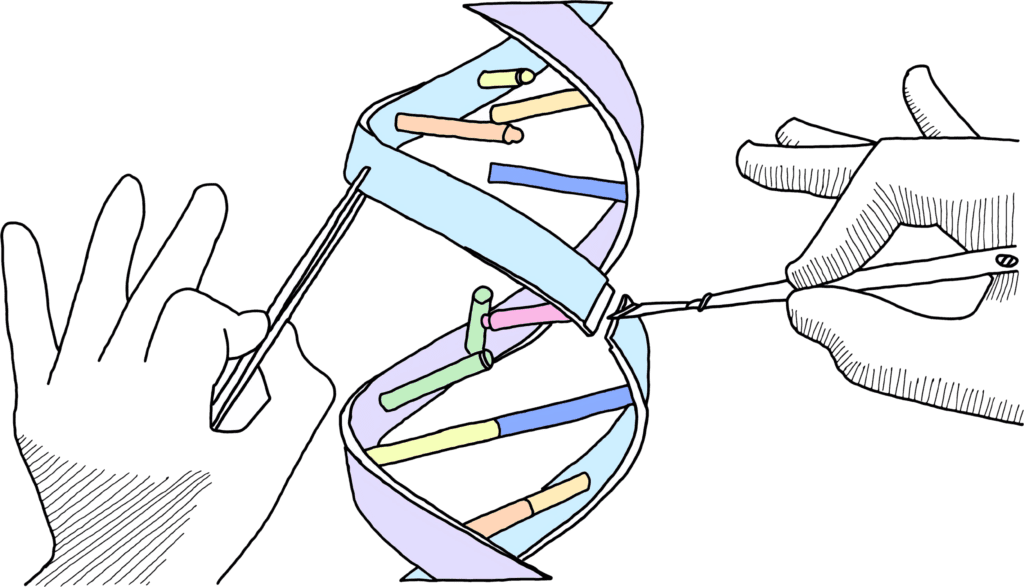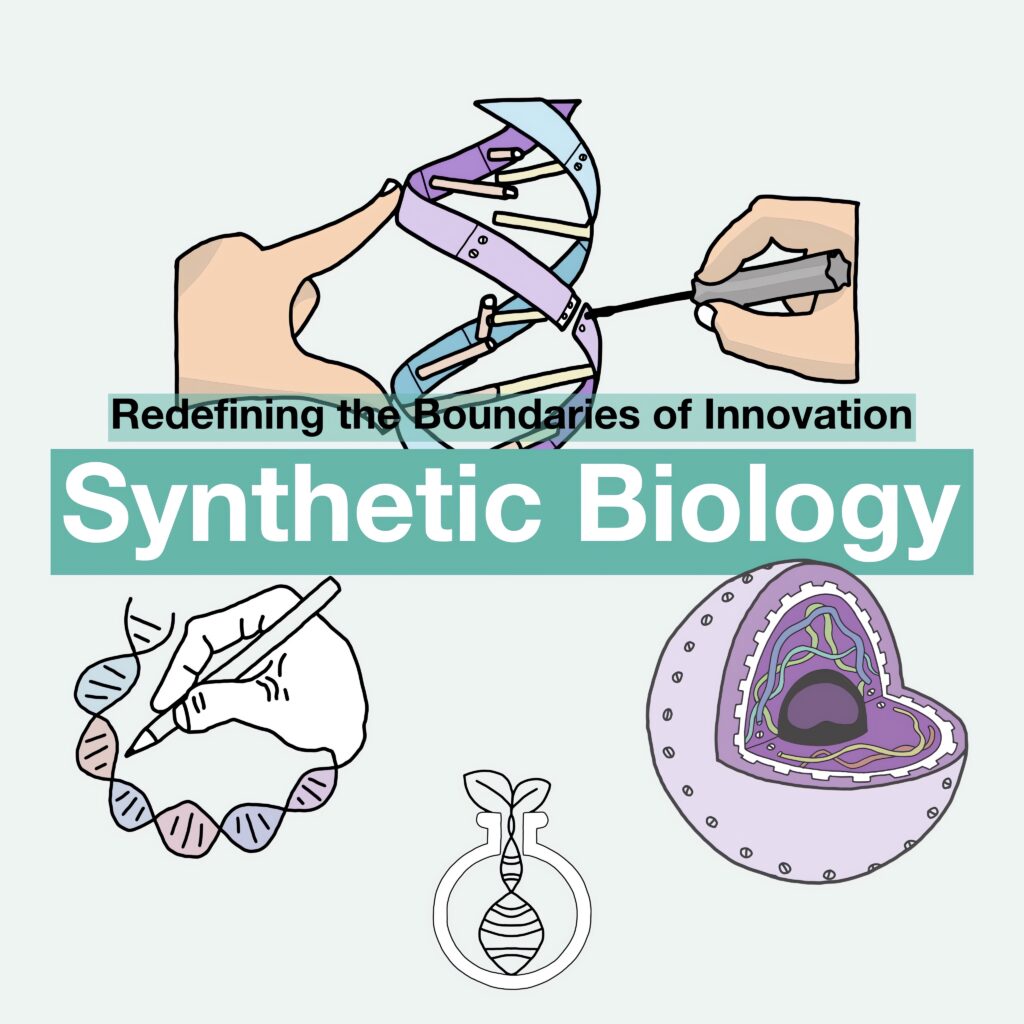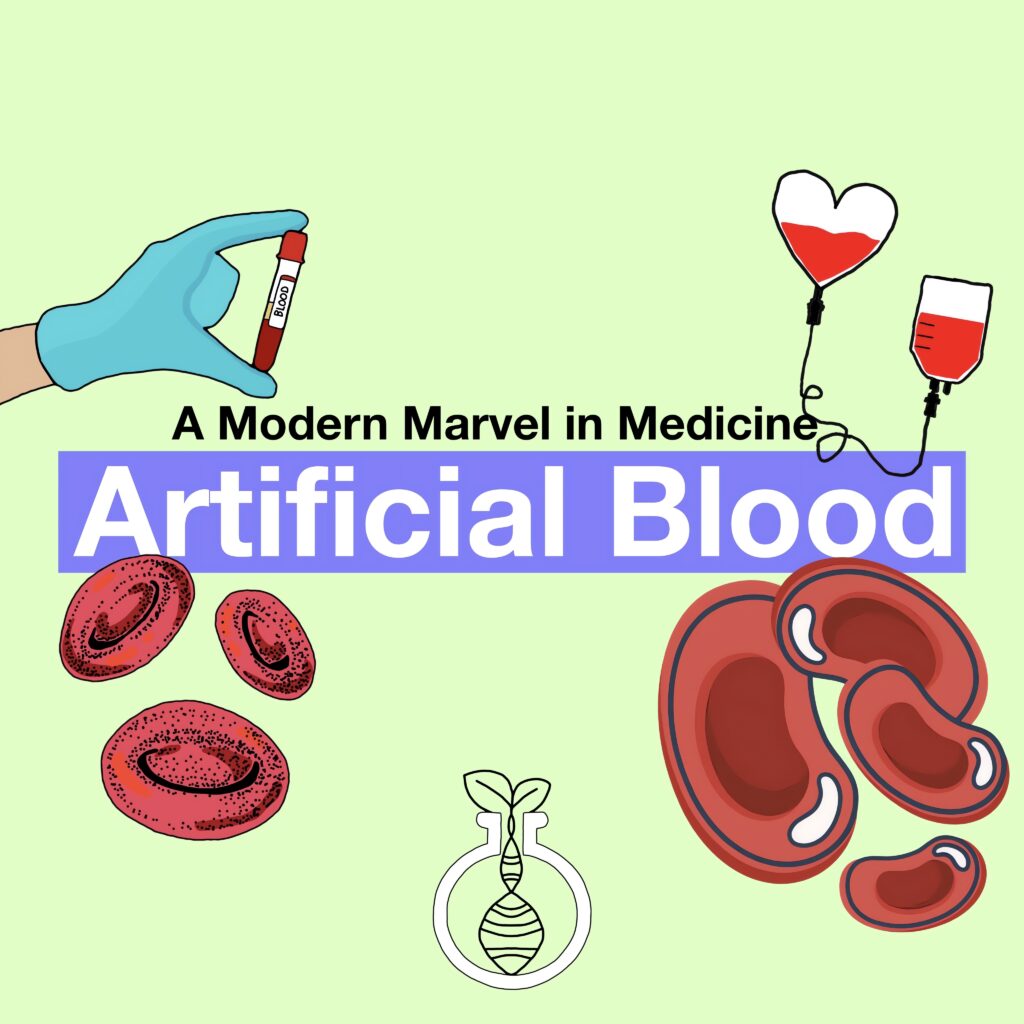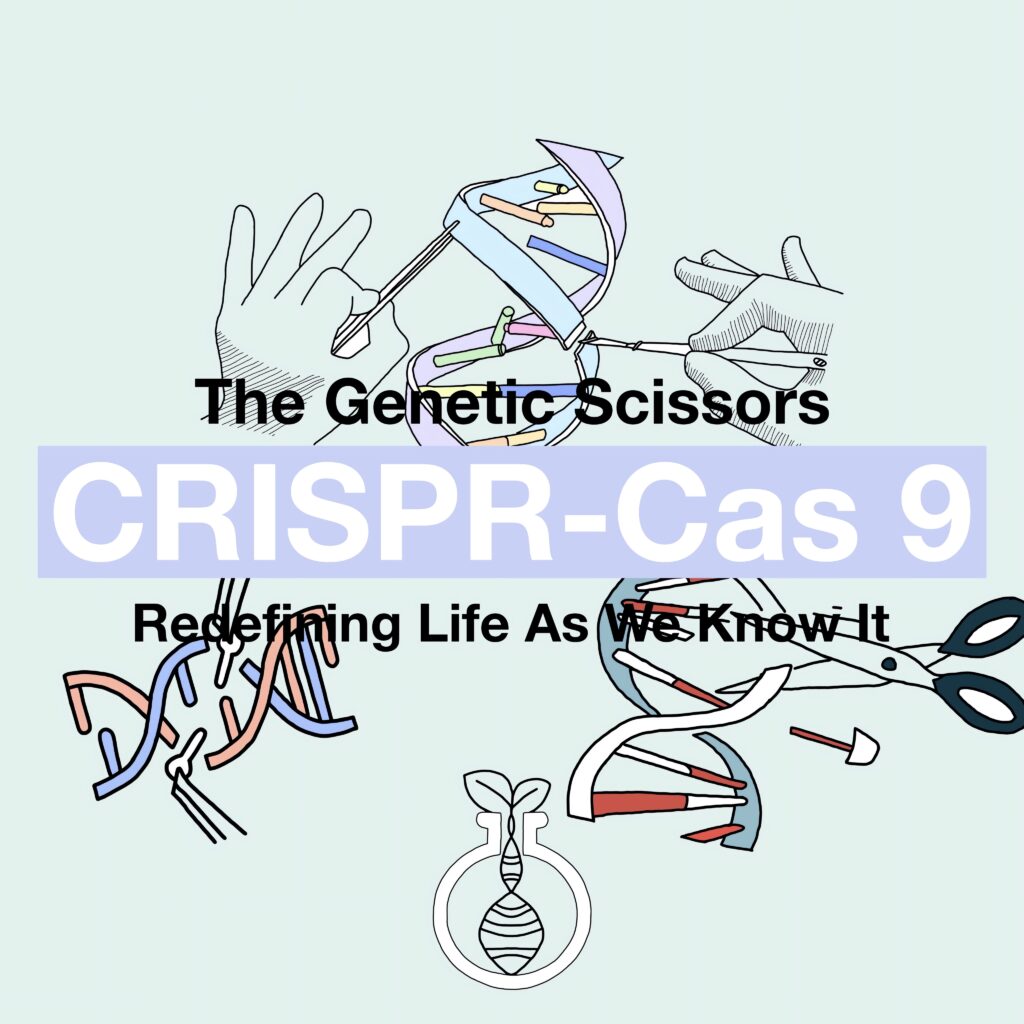Imagine being able to reprogram life itself—kind of like hacking your computer, but on a cellular level. That’s the magic of synthetic biology. This cutting-edge field combines biology, engineering, computer science, and chemistry to create or redesign biological systems to tackle real-world problems. Whether it’s producing eco-friendly biofuels, engineering bacteria to detect pollutants, or designing therapies to fight cancer, synthetic biology is rewriting the rules of what’s possible.
It’s like giving Mother Nature a futuristic toolkit to solve humanity’s toughest challenges.

The Goals of Synthetic Biology
So, what’s the grand plan? Synthetic biology aims to:
- Create new biological systems: Think bacteria that can clean up oil spills or plants that glow in the dark (seriously!).
- Reprogram existing systems: Imagine tweaking microorganisms or human cells to make them perform better—like giving them a productivity boost.
- Standardize the process: The goal is to make biological design as predictable as building with LEGO blocks. Simpler, faster, and with fewer surprises.
Applications of Synthetic Biology
Healthcare Revolution
Picture this: immune cells that are reprogrammed to hunt down and destroy cancer, like tiny biological assassins. That’s the idea behind CAR-T cell therapies, one of synthetic biology’s medical marvels. And it doesn’t stop there—synthetic probiotics are being developed to boost gut health, and scientists are exploring ways to grow organs from a patient’s own cells. Personalized medicine is no longer science fiction; it’s becoming a reality.

Sustainable Agriculture
Tired of pests ruining crops? Synthetic biology is engineering plants that can fend off bugs and thrive in tough conditions. And what about those pesky chemical fertilizers? Scientists are developing nitrogen-fixing bacteria that could reduce the need for them, making farming more sustainable and less harmful to the environment.
Energy and Environment
Here’s a fun thought: bacteria that can eat plastic or produce biofuels. Sounds like superhero microbes, right? Synthetic biology is giving us tools to combat pollution and create renewable energy sources. And let’s not forget engineered plants that suck up carbon dioxide more efficiently—because who wouldn’t want a greener planet?
The Future of Synthetic Biology
As DNA synthesis gets cheaper and tools like artificial intelligence become smarter, synthetic biology is gearing up to tackle humanity’s biggest problems. But, like any good sci-fi story, it comes with its fair share of challenges.
Realizing Synthetic Biology’s Potential
Synthetic biology is often called a “game-changer,” but some argue it hasn’t fully lived up to the hype. Sure, we’ve got synthetic drugs and bioengineered chemicals, but scaling these innovations for industrial use is still tricky. Think of it like baking a perfect cake in your kitchen, but struggling to do the same in a factory.
Breakthroughs in Manufacturing
Big strides are being made, though! Researchers at the Broad Institute recently showcased synthetic biology’s speed and versatility by producing six critical molecules for the U.S. Department of Defense in just 90 days. With automation, robotics, and machine learning entering the mix, large-scale production might soon be a piece of cake. Plus, plants could become “green factories,” churning out vaccines and biologics faster than ever.

Healthcare Innovation
The future of medicine is looking pretty wild:
- Xenotransplantation: Imagine pigs engineered to grow human-friendly organs.
- Theranostic Cells: Cells that can detect diseases and deliver treatments on the spot—like having a doctor inside your body.
- Synthetic Chromosomes: Projects like the Human Genome Project-write aim to build virus-resistant human DNA. Sci-fi? Nope, it’s real.
Sustainability and Environmental Solutions
Synthetic biology could help us ditch fossil fuels and plastics by engineering biodegradable alternatives. Think of it as swapping out old, harmful tools for high-tech, eco-friendly ones. From biofuels to synthetic food, the possibilities are endless—and delicious!
Challenges on the Horizon
Of course, no great innovation comes without hurdles:
- Scalability: Lab successes don’t always translate to industrial wins.
- Knowledge Gaps: We’re still learning the intricacies of biological systems.
- Ethical and Safety Concerns: Designing life comes with big questions—should we? Could it backfire?
- Standardization: Universal rules and methods are needed to speed up progress.

The Road Ahead
The future of synthetic biology is a team effort. Collaboration between scientists, engineers, policymakers, and industries will be key to unlocking its full potential. With the right investments and ethical safeguards, this revolutionary field could redefine how we interact with the natural world—and maybe even how we define life itself. Exciting times ahead!
We got inspired by those articles to create this content


My name is Ali Emre Cabadak, a dedicated biology enthusiast currently pursuing my studies at Marmara University, where I am majoring in Bioengineering. As a passionate advocate for scientific discovery and innovation, I am the founder of Biologyto. My goal is to bring the wonders of biology closer to everyone and inspire a new generation of thinkers and innovators. Through Biologyto, I aim to write scientific articles that delve into the fascinating world of biology, sharing insights and discoveries that inspire curiosity and innovation.





